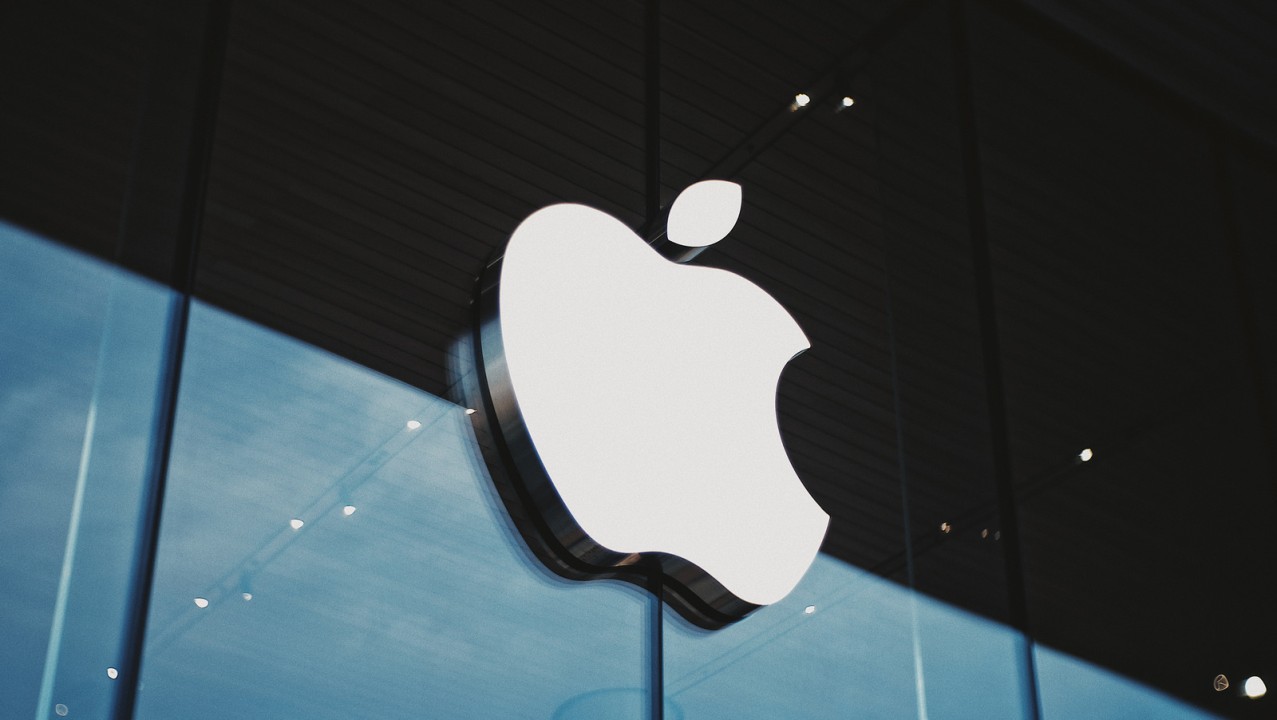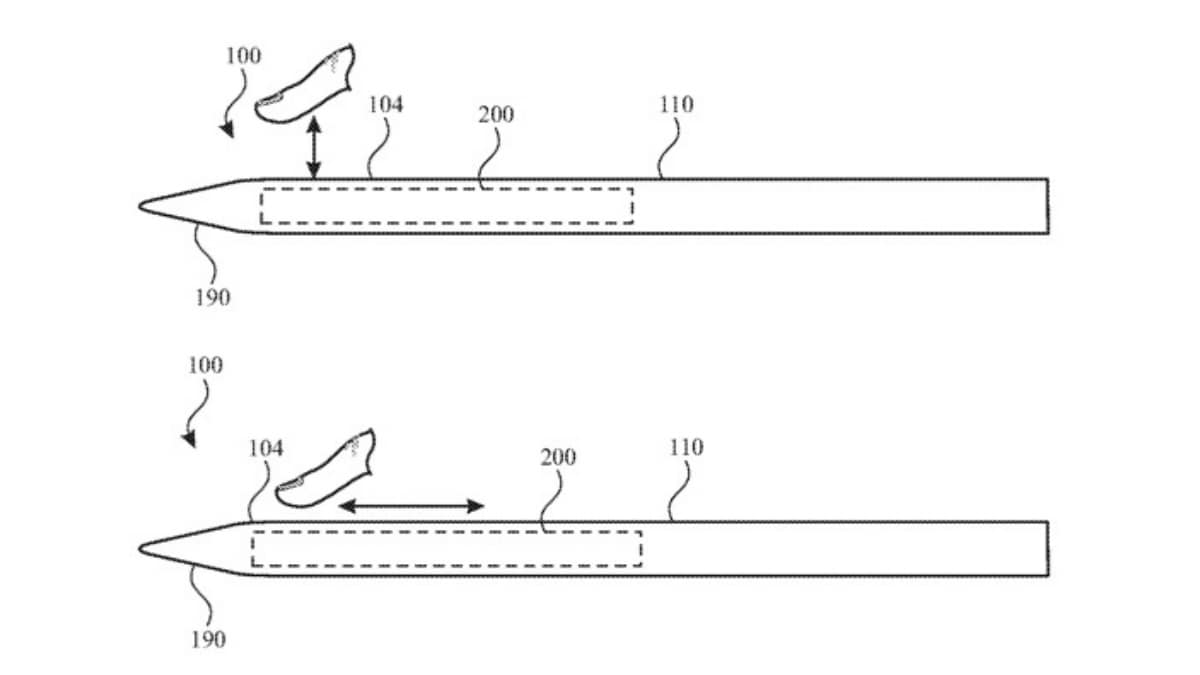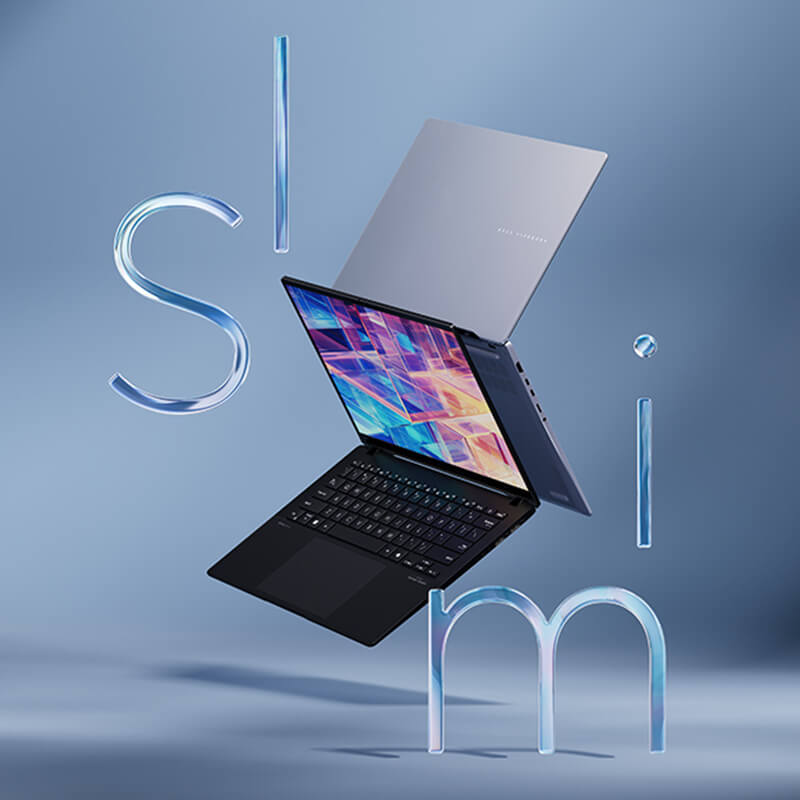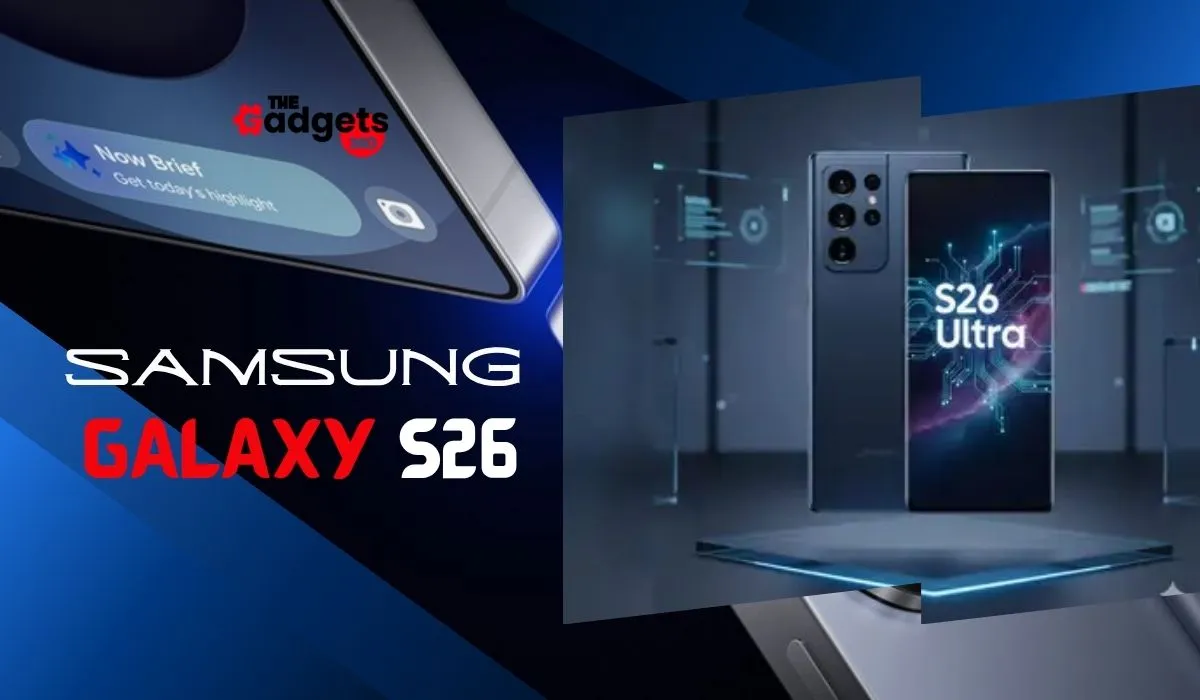When Steve Jobs returned to Apple in 1997, the company was on the verge of bankruptcy. Jobs embarked on a transformation of the company that would convert it into one of the most successful and influential companies in history. In this article, we'll investigate the key stages in the transformation of Apple, including how the company transferred its focus to innovation and design, and how it altered the game in the tech industry.
Step 1: Focus on Innovation and Design
The first phase in Apple's transformation was to transfer the company's focus to innovation and design. Steve Jobs was a firm believer in the power of design to develop products that people would adore. He also believed that innovation was the key to remaining ahead of the competition. Under Jobs' stewardship, Apple began to focus on developing new products that were innovative, attractive, and simple to use.
One of the first products to emerge out of this new focus was the iMac. The iMac was a radical departure from traditional desktop computers, with its streamlined design and vibrant colors. It was an immediate triumph, and it marked the beginning of Apple's transformation.
Step 2: Develop a Strong Ecosystem
Another essential aspect of Apple's transformation was the development of a strong ecosystem of products and services. Apple realized that consumers would be more likely to purchase its products if they worked seamlessly together. This led to the development of products like the iPod, iTunes, and the iPhone, which were designed to function together seamlessly.
The iPod was a game-changer in the music industry, as it enabled consumers to transport their entire music library with them wherever they went. iTunes was the ideal complement to the iPod, as it made it simple to purchase and organize music. And when the iPhone was introduced in 2007, it was a game-changer in the smartphone industry, as it incorporated a phone, audio player, and internet browser into one device.
Step 3: Expand into New Markets
As Apple's transformation persisted, the company began to expand into new markets. One of the main areas of expansion was the retail market. In 2001, Apple launched its first retail store in McLean, Virginia. The stores were designed to be an extension of the Apple brand, with their modern design and focus on customer service.
Apple also began to expand into new markets with the introduction of the iPad in 2010. The iPad was a revolutionary device that created a new category of products: the tablet. It was an immediate triumph, and it opened up new markets for Apple in areas like education and healthcare.
Step 4: Continual Innovation and Improvement
The final key to Apple's transformation was its focus on continual innovation and development. Apple never rested on its laurels, but instead continued to stretch the boundaries of what was possible. The company continued to introduce new products, like the Apple Watch, and it continued to enhance its existing products, like the iPhone.
Apple's culture of innovation and refinement has been one of the main factors in its success. The company has always been willing to take risks and attempt new things, and it has been rewarded with some of the most successful products in history.
Step 5: Product and Service Innovation
Another critical element of Apple's transformation was product and service innovation. In 2001, Apple introduced the iPod, a revolutionary portable audio device that transformed the music industry forever. The iPod was the first product in what would become the immensely successful line of Apple products including the iPhone, iPad, and Apple Watch.
One of the secrets to Apple's success in innovation has been its focus on design. The company places a significant emphasis on creating products that are both attractive and functional. The iPod, for example, was an elegant and fashionable device that was simple to use and filled a vacancy in the market. Apple's concentration on design has been a significant contributor to the success of its products and has helped the company differentiate itself from competitors.
In addition to its product innovation, Apple has also been innovative in the services it offers. In 2003, the company introduced the iTunes Store, which revolutionized the way people purchase and consume digital media. The App Store followed in 2008, which has become a significant revenue stream for both Apple and app developers.
Read Also: Macbook Air M2 Chip Model: With New Features
Step 6: Strategic Partnerships and Acquisitions
Apple's transformation has also been fueled by strategic partnerships and acquisitions. In 2005, Apple partnered with Intel to transition its Mac computers from using PowerPC processors to Intel processors, which provided significant performance enhancements. In 2010, the company partnered with Verizon to offer the iPhone on the carrier's network, substantially expanding its client base in the US.
Apple has also been active in acquiring companies to bolster its product and service offerings. In 2010, the company acquired Siri, a virtual assistant technology that has since become a central element of the iOS operating system. In 2014, Apple acquired Beats Electronics, which included the popular Beats by Dre headphone line, and has since incorporated the technology into its products.
Step 7: Branding and Marketing
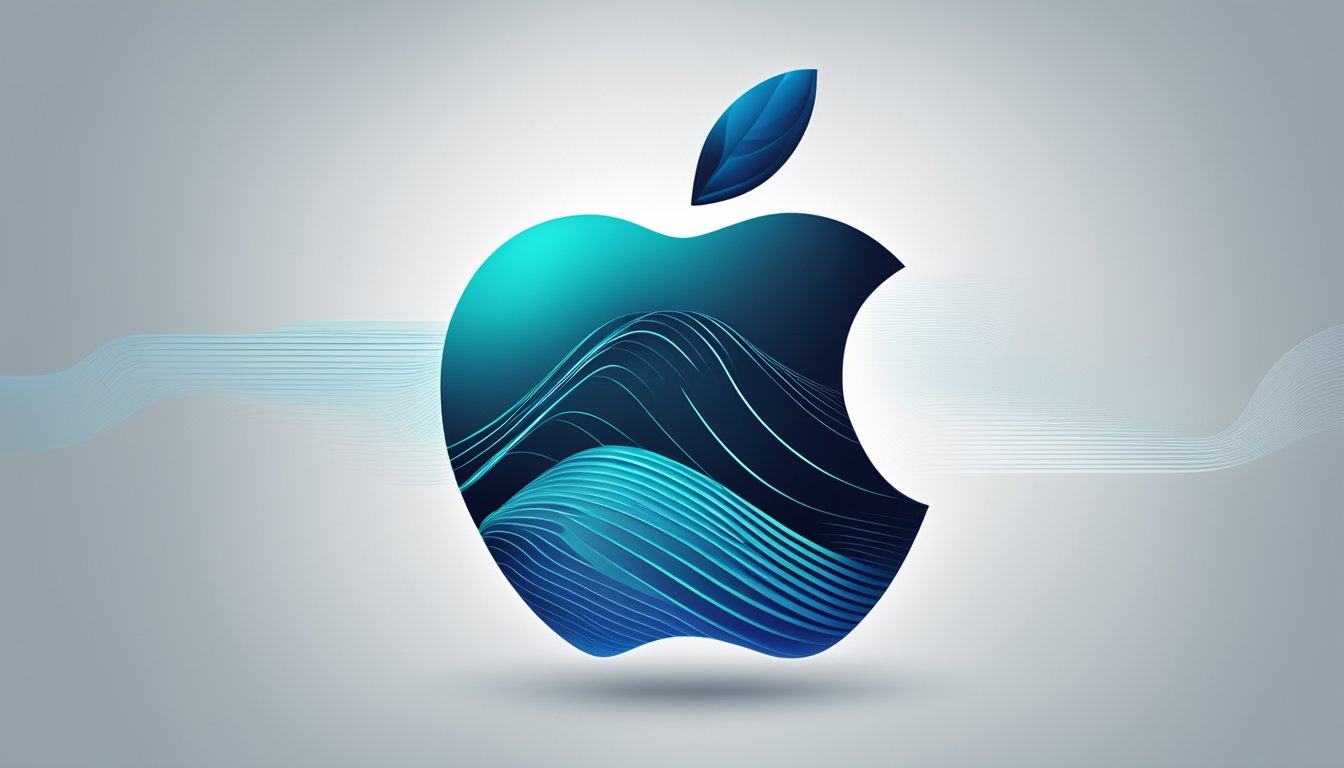
Apple's transformation has been significantly influenced by its branding and marketing efforts. The company has created an iconic brand that is recognized worldwide and has become synonymous with innovation and design. Apple's marketing campaigns, such as the "Think Different" campaign in the late 1990s, have been highly successful in communicating the company's values and vision to consumers.
In recent years, Apple's marketing efforts have focused on the company's environmental and social responsibility initiatives. The company has made significant progress in reducing its carbon footprint and has committed to using 100% renewable energy in its operations. These efforts have served to enhance Apple's brand and appeal to socially conscious consumers.
Conclusion
Apple's transformation over the past few decades has been one of the most significant and successful business transformations in history. The company has reinvented itself through a focus on design, product and service innovation, strategic partnerships and acquisitions, and branding and marketing. Apple's ability to adapt and innovate has enabled it to remain at the vanguard of the technology industry and continue to deliver products and services that consumers adore.
As businesses encounter new challenges and opportunities, they can turn to Apple's transformation as a paradigm for how to reinvent themselves and achieve long-term success. By focusing on design, innovation, strategic partnerships and acquisitions, and branding and marketing, businesses can transform themselves and remain ahead of the competition.

